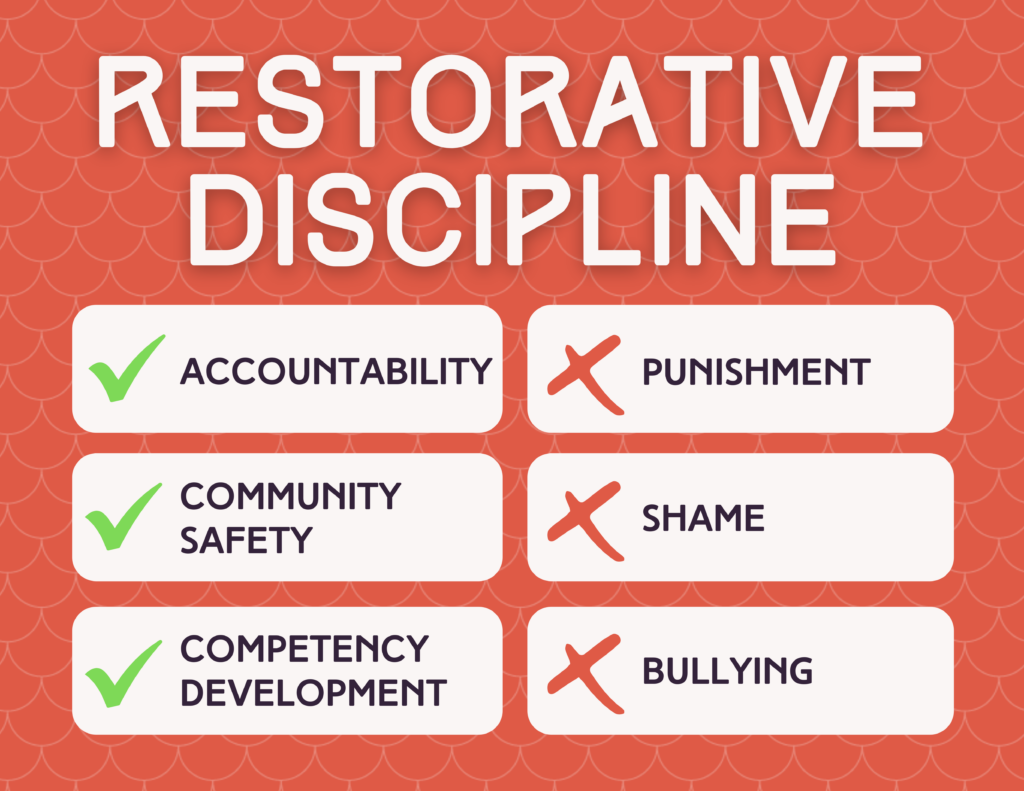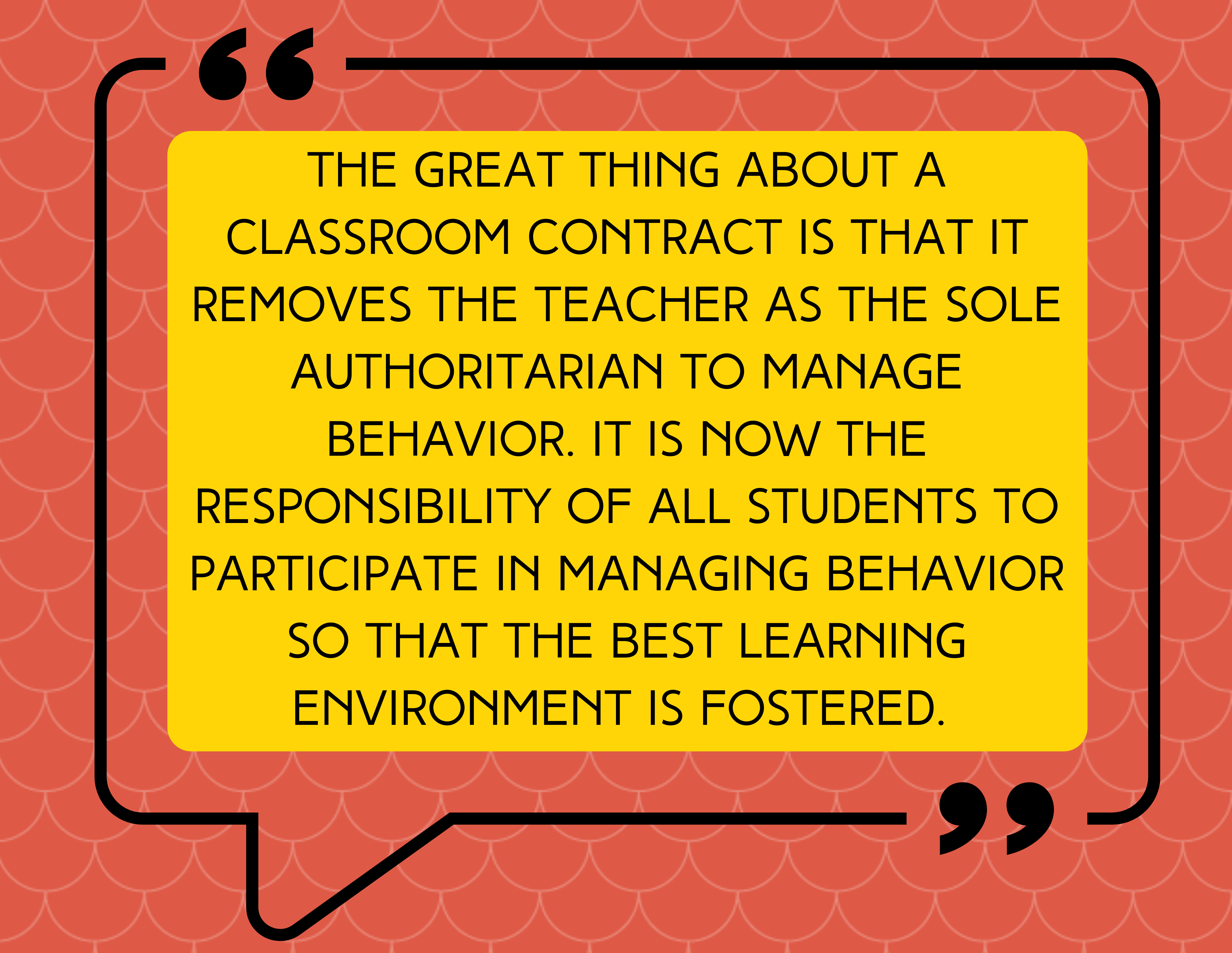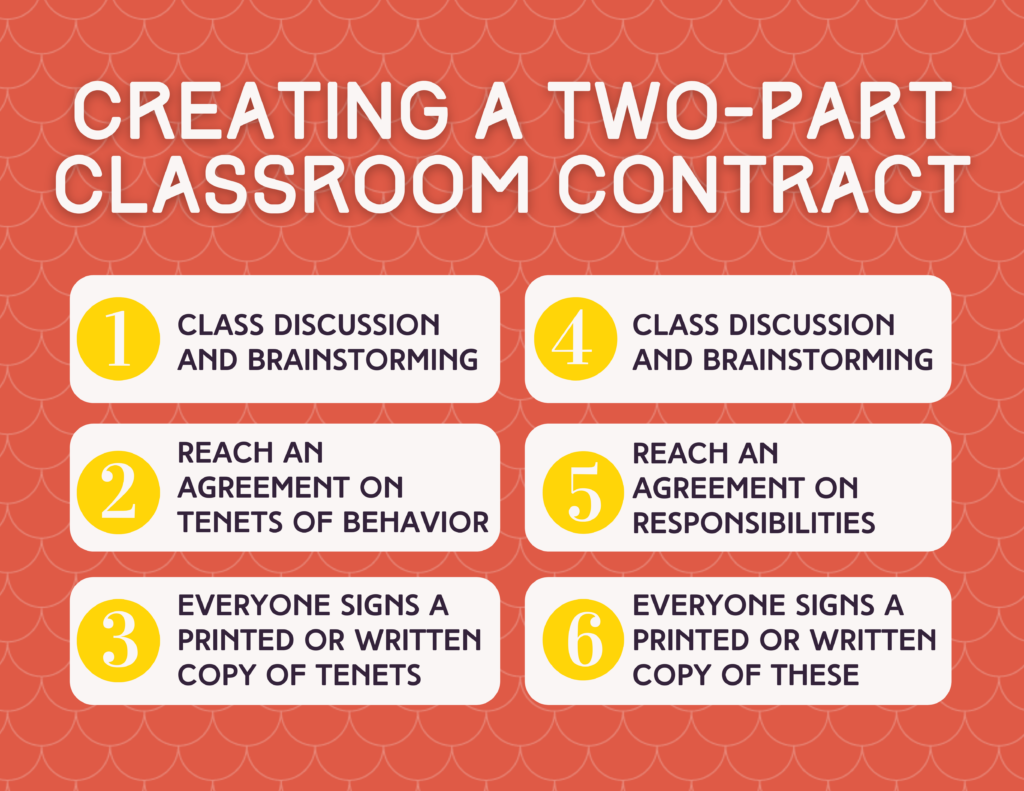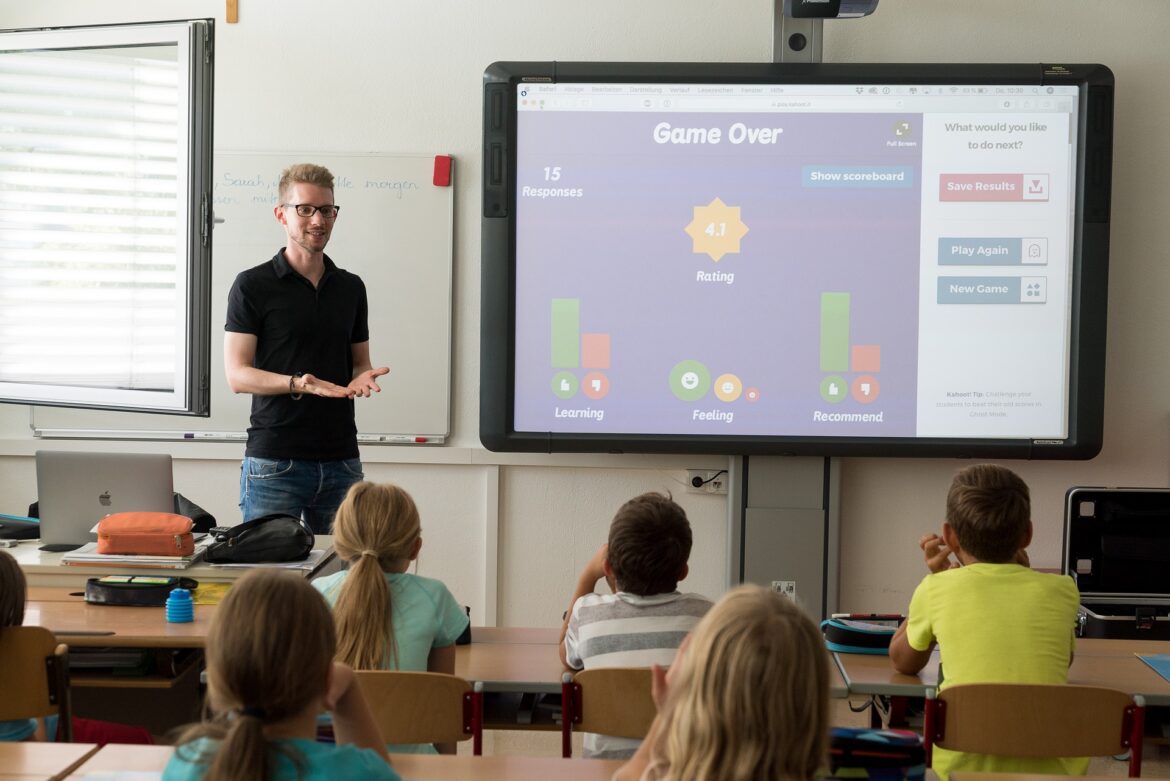Do you ever have recurring dreams or have a similar dream several times a year? I do. Actually, I have several. One is that I’m back in college and can’t find my math class. I’m worried that I’m going to be late. The other is that I’m teaching elementary school again, and I’ve returned to campus only to find that my students are no longer well-behaved. They are running wild! I’m worried that the principal will come into my classroom at any minute wondering why they are misbehaving. Fortunately, these dreams weren’t realities for me, and I hope they are not for you either.
However, if you need help with classroom discipline or know a colleague who could use some support, then here is one proven strategy that can help change your class for the better. It’s true that when student discipline is not an issue, students feel the classroom is a safe place to learn, better learning takes place, and students can have better relationships with each other and the teacher.
Restorative Discipline

First, check out Diana Benner’s post on Restorative Discipline. Regardless of what behaviors need to be corrected in the classroom, restorative discipline should be the mindset and goal. As Diana shares, the end results of restorative discipline should be accountability, community safety, and competency development. Punishment, shame, and bullying only promote worse behaviors in students and teachers. Now that we have that as our basis, let’s look at using classroom contracts.
Two-Part Classroom Contracts
Classroom contracts have been around for a while, but few teachers make use of them. In the grown-up world, these might be called “team norms.” Establishing a classroom contract (or team norms, if you prefer, for older students) can go a long way in minimizing misbehavior in class. Ideally, a classroom contract is created at the beginning of the year or semester. But you can pause to have your students create one at any point in the year. Classroom contracts have two parts: the expectations and the responsibilities. And if you have multiple classes, each class should create its own. Because the personalities of each class are different, each class’s product will likely look slightly different. What might need to be said for one class may not be an issue for another.
Classroom Expectations
For the expectations portion, you lead students through a discussion on what they want the expectations to be for classroom behavior. Allow them to pitch different ideas. Some may be quite extreme, so you may need to reign them in at times. Have them think through these norms as what will be expected of all students in your class. Once everyone has agreed on the tenets of behavior for your class, then it is written down (or printed out), and everyone signs it. This becomes the guiding force for your classroom. Everyone is responsible for following the agreement and for maintaining order. The great thing about a classroom contract is that it removes the teacher as the sole authoritarian to manage behavior. It is now the responsibility of all students to manage behavior so that the best learning environment is fostered.

Student Responsibilities
The responsibilities aren’t like the traditional rules, rewards, and consequences that you may have had (or have) on your classroom wall. The responsibilities delineate what everyone actively does to support the expectations. For example, this part of the contract can outline how to help remind someone when they are breaking the agreement. This, too, is a discussion with the students to develop behaviors that everyone can use to help make corrections and maintain a positive and robust learning environment. This list should also be written out (or printed) to be a visual reminder for students and can be referred to as needed. Before having students sign this document, have them discuss what these responsibilities will look like in the classroom. For example, they can explain how they might support a friend who isn’t following the agreement. Additionally, discuss the benefits of working together to maintain unity in learning.

Practicing Classroom Contracts Through Role-Play
Once both documents are on the wall, have students role-play and discuss how expectations and responsibilities might look in class. Ask them to partner up and create a story to tell the class. The story should be a relevant example of expectations being met or unmet and how a student responded correctly to the situation based on the agreement. Here are two examples:
- [corrective story] “While student are working in small groups discussing cell division, one student gets upset with another student because he isn’t doing ‘his fair share’ of the work. The angry student says something derogatory to the other group member and calls him stupid. This is a clear breach of contract based on what we agreed upon. Fortunately, the third member in the group reminds the angry student that his behavior is out of line and no one is to be put down in class. The third student reminds the angry student to consider taking a minute or two away from the group to calm down and consider his actions…which the angry student does. Upon returning to the group, the (previously) angry student apologizes for his behavior and shows effort to make appropriate amends. The group is back on track and begins work again. “
- [nurturing story] “Dr. Ellis assigned some problems for the class to solve. They recently learned about binomials and were now solving binomial equations for x. After writing a problem on the board, the students volunteered to solve it out loud for the class. Robert volunteered to solve the problem, which he did well. Upon finishing, Carol, another student, complimented him out loud and said that she like the way he included all the steps and spoke clearly and loudly so she could hear him.”
Encouraging Positive Behavior in All Grade Levels
Another great thing about classroom contracts is that they can work in kindergarten classrooms up through college classrooms. You may have to make the contract very visual for younger students, refer to it often, and have students share stories regularly. As the teacher, be sure to “catch the students being good,” as the late behaviorist Madeline Hunter would encourage. Just because students demonstrate the right behaviors doesn’t mean they are aware of it. And encouraging students by noticing and acknowledging positive behaviors goes a long way to reinforce the contract. It also encourages other students to do the same.
Have you used team norms or classroom contracts before? Jump in the comments and share how it made a difference. Or, if you have a tip for implementing classroom contracts, please share with us below.





 The first day of school is the perfect day to let the students know how very much they mean to you. Be honest and tell them how excited you are to be their teacher. Show them that you care. Understand them enough to fill their day with fun and excitement. Make sure that they know that you believe in them and in what they can do. And let the joy of learning bubble up inside of you and fill them completely. Then you and they will have an AMAZING year!
The first day of school is the perfect day to let the students know how very much they mean to you. Be honest and tell them how excited you are to be their teacher. Show them that you care. Understand them enough to fill their day with fun and excitement. Make sure that they know that you believe in them and in what they can do. And let the joy of learning bubble up inside of you and fill them completely. Then you and they will have an AMAZING year!